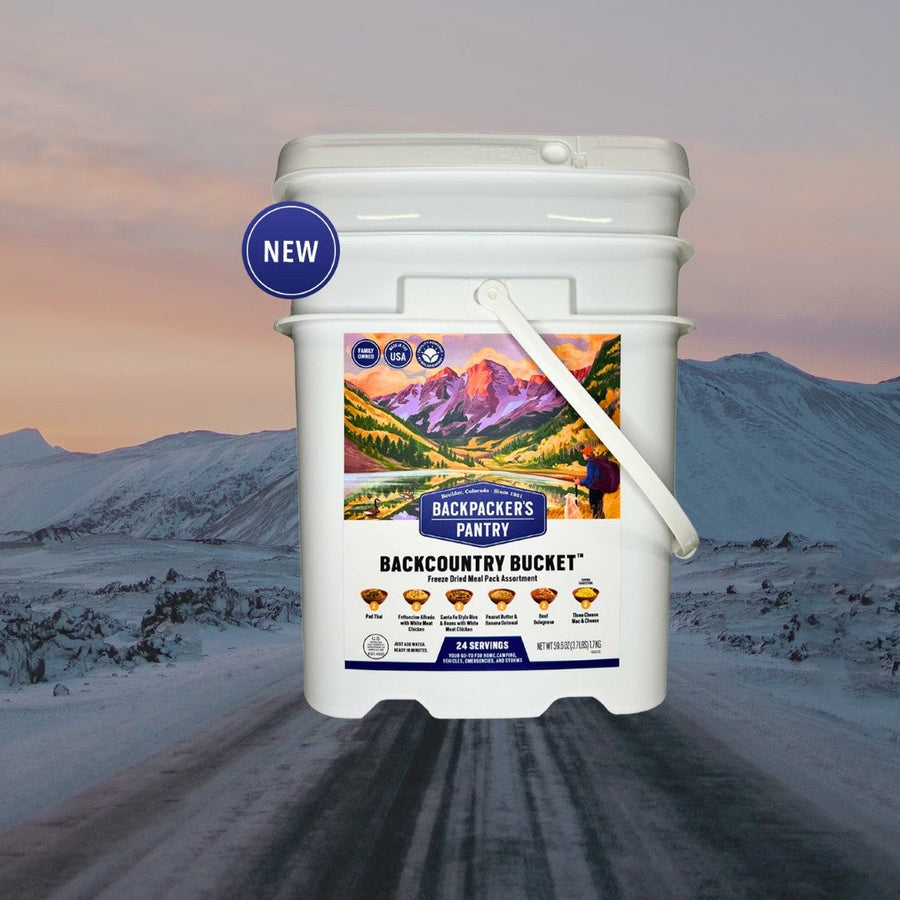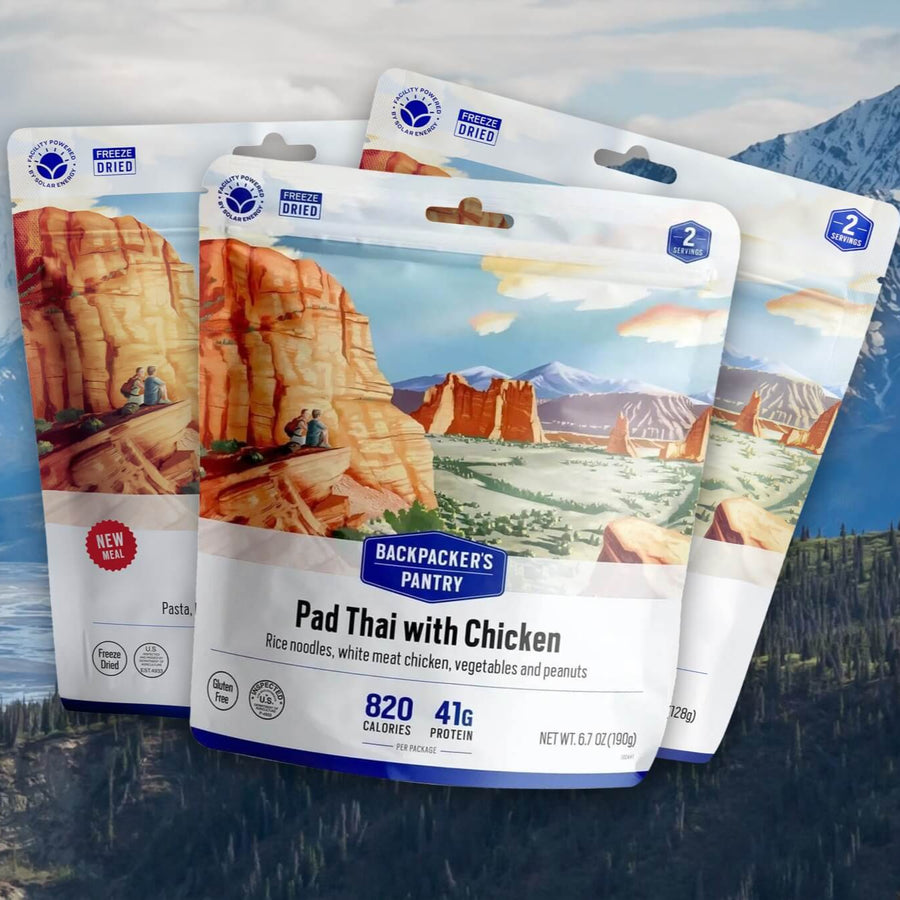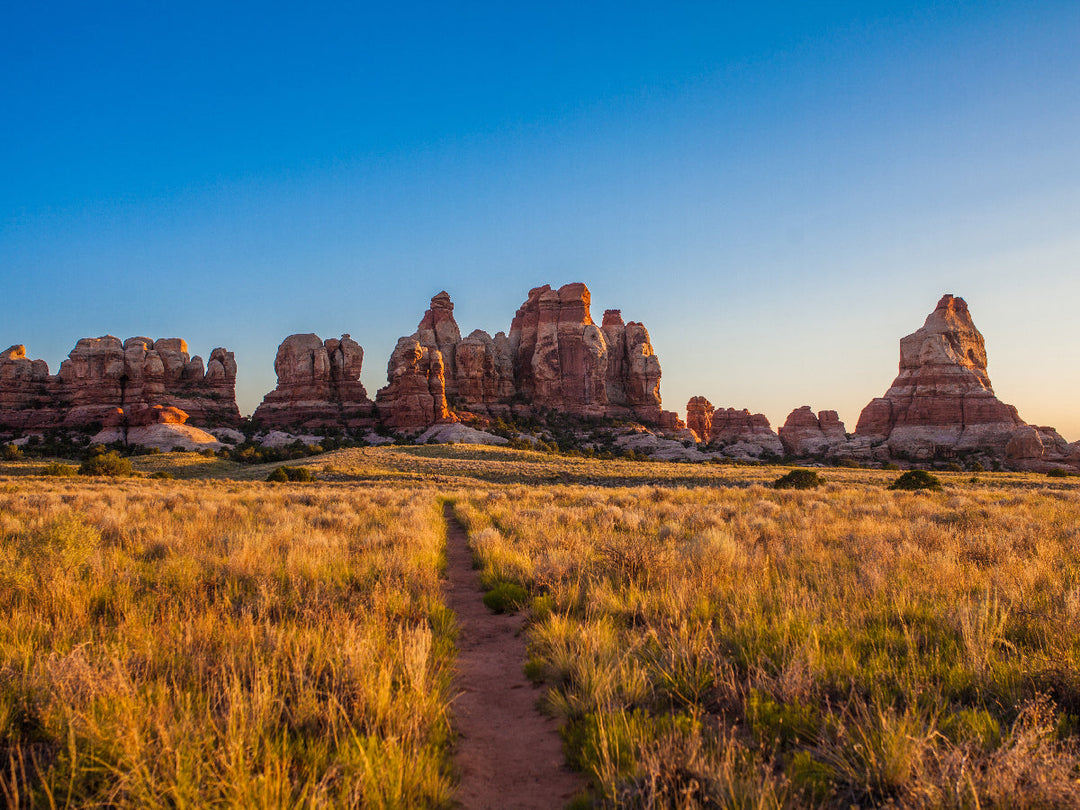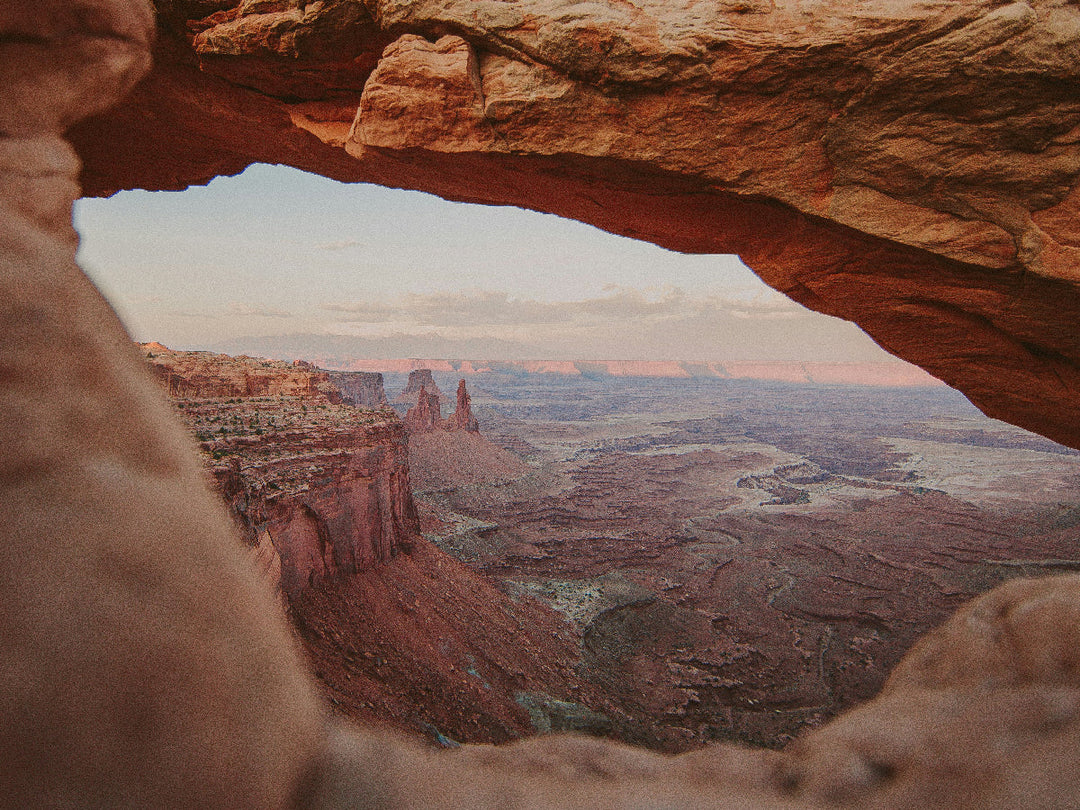How to Camp More Sustainably & Leave No Trace
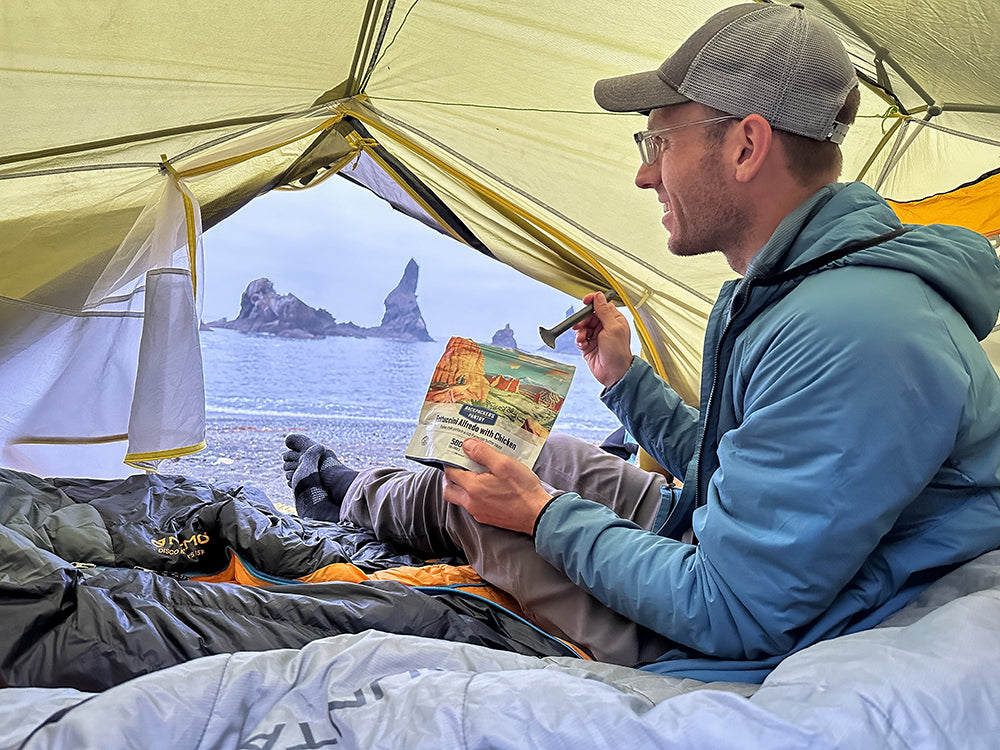
In 2023, over 50 million Americans went camping. With increased accessibility to national parks and a spike in outdoor recreation since 2020, it’s encouraging to see so many people engaging with nature. However, it is critical that campers leave their sites as they found them and minimize their impact so others can enjoy the trail or campground. No matter the size or scope of your trip, practicing Leave No Trace (LNT) principles should inform your camping decisions. If you’re not familiar, LNT are seven simple steps that promote responsible interaction with the outdoors.
Getting out to enjoy the bounties of nature also creates its strongest advocates. Beyond practicing LNT recreation, hikers, campers, and other outdoor enthusiasts might want to look at other ways to reduce their impact on the environment. With this in mind, we gathered some tips and tricks to help you camp more sustainably.
How to Plan a Camping Trip More Sustainably
The benefits of planning your trip in advance aren’t just limited to getting sought-after permits or the best group sites. You also have the opportunity to make sure your trip considers all aspects of Leave No Trace and sustainability. Choosing the right gear and coordinating mindful, efficient transportation are two key steps in camping more sustainably.
Choosing More Sustainable Camping Gear
Investing in high-quality gear is a major key to success in terms of not only sleeping better in the outdoors but also for reducing your environmental impact. Several factors make some gear more sustainable than others:
- Buy Used: There are so many high-quality pieces of gear on places like Facebook Marketplace and at used gear stores in your area. Sometimes you will even find brand new gear at a significant discount. Giving longer life to a piece of gear can save you money, and keep you from introducing new gear and waste into the world.
- Buy Quality: If you choose to buy new gear, do your research. Even if you will be investing more now, you will have quality gear for longer, diverting worn gear from landfills and saving in the long run. The saying “buy nice, or buy twice” fits well here.
- Research What’s in Your Gear: Gear manufacturers are becoming more transparent about the impacts and ingredients in their products. Use this to your advantage and make educated decisions. For example, PFAS chemicals, commonly used in outdoor gear, have been linked to health and environmental concerns, including water contamination and potential health risks. Look for brands that explicitly state their products are PFAS-free or made with alternative, safer materials such as PFC-free DWR (durable water repellent) coatings.

How are you Getting to the Trail or Campsite? Transportation
Driving a few hours to go sleep in the woods can sometimes feel counterintuitive, no matter which way you look at it, even if camping is one of your favorite activities. While it is unlikely you will have a carbon-zero camping trip, here are ways you can minimize your carbon emissions on the way to your trip:
- Carpool with your group and take the most fuel-efficient car
- Avoid high-traffic travel times, like Friday and Sunday evenings
- Consider taking a longer trip instead of multiple weekends
- Use this calculator to weigh flying vs. driving for longer trips
- Research public transit, like Washington’s Trailhead Direct bus line
- Try bikepacking
Setting Up Camp
Once you get to camp, you have a great opportunity to continue to follow key LNT principles. Campgrounds offer a more contained environment, but what if you’re backpacking or looking for a dispersed camping site? If you are looking for a dispersed site, here are some of the U.S. Forest Service’s rules to follow:
- Camp where others have camped before
- Avoid unnecessarily stepping on vegetation
- Sleep away from water sources
- Follow all local fire and food storage rules
- Pack out all your waste
Taking down your camp is just as important as setting it up. After you pack up, do multiple camp sweeps to make sure all of your trash is gone and the site looks the same as you found it (or better!).
Think About How You Cook and Store Food
Leaving no trace when it comes to food requires appropriate planning, storage, and waste disposal. Whether you are car camping or backpacking, it’s important to only pack what you plan to eat, and be conscious of how much organic waste (banana peels and onion skins) and packaging you will need to dispose of after your trip. Just because it’s “natural” doesn't mean a banana peel is natural to Colorado… pack it in, pack it out!
Sustainably storing your food depends on where you are camping. Some backcountry campsites have requirements, like bear boxes or canisters. Even if a trail/forest area does not have food storage guidelines, a critter-proof bag and/or bear hang both protects your food and wildlife that may try to get into your plastic packaging. If you are camping near your car, coolers and storage containers kept inside the car at night will protect the local wildlife. If you are car camping for an extended period, keep a spare storage bin with trash bags to mitigate smell and trash spillover.
Waste Management
It’s easy to conceptualize packing out all your food waste, but if you are newer to camping, packing out… other waste… may seem daunting. When it comes to human waste, in short, know before you go. Will there be access to a toilet or outhouse? If not, and you are below the treeline, bury human and pet waste in a “cathole” at least 6-8" deep and 200’ from any water source. If required or if you are above the treeline, all waste needs to be packed out in a what;s called wag bag. Packing out waste may seem like it is creating more trash, but sustainability is not just about landfills. It is about leaving nature as undisturbed as possible, and this includes foreign food and animal waste.

Manage Your Campfires With Care
Every summer, headlines highlight irresponsible campers unintentionally starting wildfires, either from starting a fire during fire restrictions or leaving a campfire unattended. Responsible campfire management is crucial for ensuring the safety of other campers and for protecting nature, and therefore, neighboring towns. Here are some necessary steps to follow when making a campfire:
- Check Regulations: Before you depart for your trip, familiarize yourself with local regulations and restrictions regarding fire usage. Some areas may have bans or limitations on campfires, especially during dry seasons or in high-risk fire zones.
- Choose a Suitable Location: Select a designated fire ring or established fire pit whenever possible. Avoid building fires in sensitive areas such as meadows, near water sources, or close to vegetation that could easily catch fire.
- Clear the Area: Clear the immediate area around the fire site of any flammable debris, such as dry leaves, twigs, and grass. Create a perimeter around the fire pit to prevent sparks from igniting nearby vegetation.
- Start Small and Supervise the Fire: Never leave a campfire unattended, even for a short period.
- Extinguish Completely: When you're ready to extinguish the fire, even if you are just going to bed, allow the wood to burn down to ash and embers. Pour water over the fire, stir, and repeat until the ashes are cool to the touch. Add dirt and rocks into the fire pit before you walk away to mitigate potential reignition.
Respecting Wildlife and Nature
We have already discussed how practicing Leave No Trace principles, including waste management, campfire management, and food storage, is critical to respecting wildlife and nature. Proper food storage and waste management prevent animals from becoming habituated to human food sources, reducing the risk of conflicts and ensuring the safety of both wildlife and campers.
While it might be obvious, it is important to reiterate the importance of leaving animals and their habitats alone. Each summer, there is some viral clip of someone trying to hug a bison or pet a bear. Along with not feeding animals human food (or accidentally feeding them packaging), practicing LNT promotes wildlife conservation by minimizing human-wildlife interactions and preserving natural behaviors.

Enjoying Your Trip Responsibly: Sustainable Activities and Recreation
Once you set up camp and start your adventure, there are still ways you can enjoy your trip as sustainably as possible. Most outdoor activities can be made more sustainable if you stay on trail, pack out what you packed in, and keep your noise down. Also, let’s not forget one of the key principles of Leave No Trace is to be considerate of others enjoying nature. There are many minimally invasive and motor-free activities like hiking, biking, and bird watching where you can enjoy nature without interfering with others or the wildlife.
In conclusion, it only takes a few extra steps to leave your campsite better than you found it. If you go above and beyond in encouraging sustainable practices in the outdoors, you may inspire someone else to take better care of nature as well.
